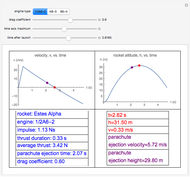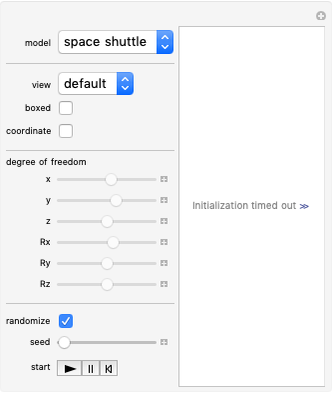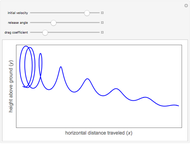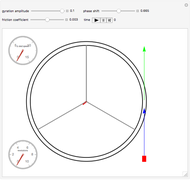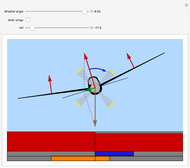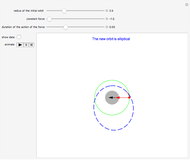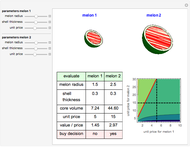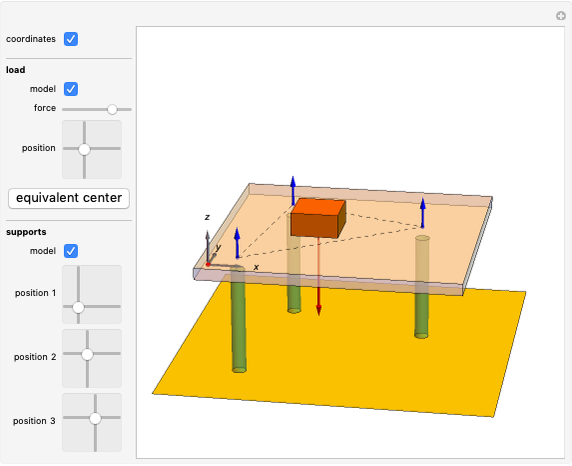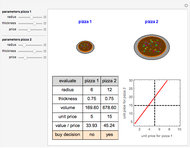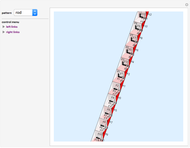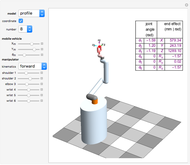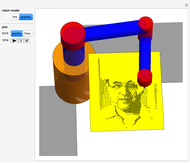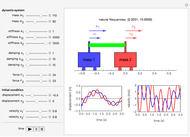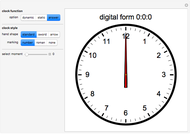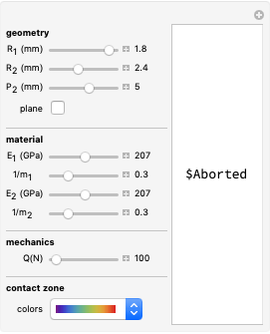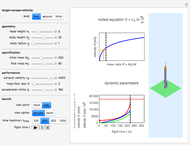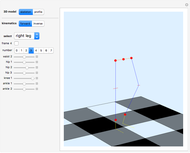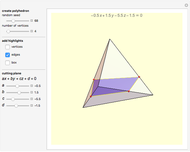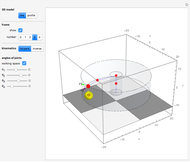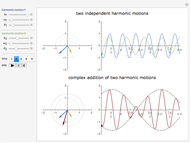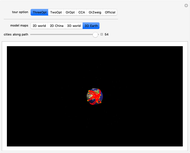Launching a Rocket

Requires a Wolfram Notebook System
Interact on desktop, mobile and cloud with the free Wolfram Player or other Wolfram Language products.
The launch of a spacecraft is fundamental to all space activity. As a rocket flies it loses mass, because most of its mass is fuel (pure hydrogen and oxygen) that provides the propulsive force.
[more]
Contributed by: Frederick Wu (October 2008)
Open content licensed under CC BY-NC-SA
Snapshots
Details
Graphic, top right: Tsiolkovsky's rocket equation, which defines the relationship between exhaust velocity and mass ratio
Graphic, bottom right: rocket dynamic parameters of acceleration, velocity, altitude and burn-out time
Graphic, left: 3D rocket dynamic launch model with altitude function control
Snapshot 1: ideal rocket specification that surpasses first escape velocity
Snapshot 2: ideal rocket specification that surpasses second escape velocity
Snapshot 3: 3D Earth scale model, with the launch site (yellow) and rocket altitude (red)
simplified assumptions:
1. gravity and aerodynamic drag effects are neglected
2. single stage rocket, initial velocity is zero
3. vertical launch or pitch angle is 90°
4. a constant exhaust velocity
5. a constant mass flow rate
governing equations:
1. Tsiolkovsky's rocket equation or rocket velocity: 
2. mass flow rate: 
3. maximum flight time or fuel burn‐out time: 
4. rocket altitude: 
5. rocket acceleration:  , from
, from  and above governing equations 1 and 2
and above governing equations 1 and 2
symbols:
 is the rocket velocity.
is the rocket velocity.
 is the efficient exhaust velocity, constrained within a range 2500-4500
is the efficient exhaust velocity, constrained within a range 2500-4500  , using today's liquid‐fueled rocket chemical technology.
, using today's liquid‐fueled rocket chemical technology.
 is the initial rocket mass.
is the initial rocket mass.
 is the current or final rocket mass;
is the current or final rocket mass;  decreases during flight until all the liquid fuel is burned out.
decreases during flight until all the liquid fuel is burned out.
 is the final rocket mass, usually regarded as payload.
is the final rocket mass, usually regarded as payload.
 is the mass ratio,
is the mass ratio,  , which is usually in the range from 3 to 8; 14 is difficult to achieve.
, which is usually in the range from 3 to 8; 14 is difficult to achieve.
 is the mass flow rate, which depends on rocket engine design and specification; it indicates the rate at which the mass of the rocket is decreasing. Also called "specific impulse".
is the mass flow rate, which depends on rocket engine design and specification; it indicates the rate at which the mass of the rocket is decreasing. Also called "specific impulse".
 is the rocket flight time,
is the rocket flight time,  , which is the fuel burn-out time or the maximum flight time.
, which is the fuel burn-out time or the maximum flight time.
 is the rocket acceleration. It is difficult for the human body to withstand high acceleration; 15-20 G is the maximum tolerance limit. (1 G is the acceleration due to gravity.)
is the rocket acceleration. It is difficult for the human body to withstand high acceleration; 15-20 G is the maximum tolerance limit. (1 G is the acceleration due to gravity.)
References:
J. Peraire, "Variable Mass Systems: The Rocket Equation," MIT OpenCourseWare, 2004.
M. J. L. Turner, "Newton's Third Law and the Rocket Equation," Rocket and Spacecraft Propulsion, 2nd ed., New York: Springer, 2005 pp. 14–17.
M. J. L. Turner, "Launch Vehicle Dynamics," Rocket and Spacecraft Propulsion, 2nd ed., New York: Springer, 2005 pp. 115–144.
M. Voshell, "High Acceleration and the Human Body," 2004.
Permanent Citation








